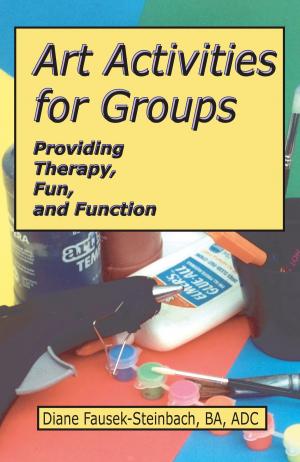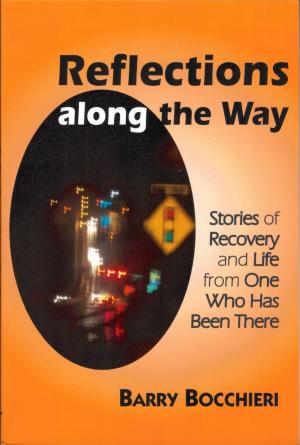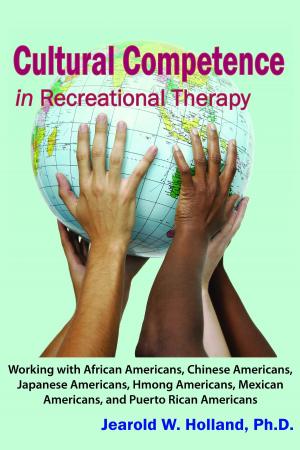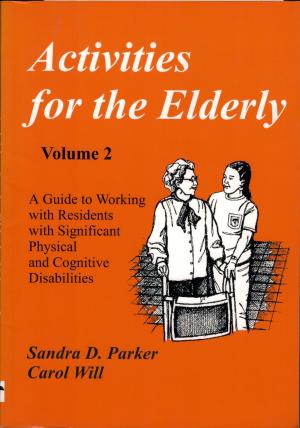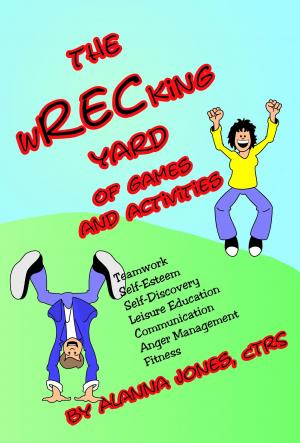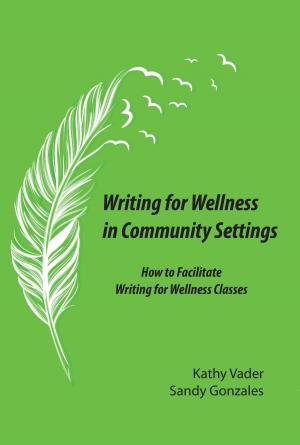Barrier-Free Theatre: Including Everyone in Theatre Arts — in Schools, Recreation, and Arts Programs — Regardless of (Dis)Ability
Nonfiction, Art & Architecture, General Art, Study & Teaching| Author: | Sally Bailey | ISBN: | 9781611580228 |
| Publisher: | Idyll Arbor | Publication: | August 15, 2011 |
| Imprint: | Smashwords Edition | Language: | English |
| Author: | Sally Bailey |
| ISBN: | 9781611580228 |
| Publisher: | Idyll Arbor |
| Publication: | August 15, 2011 |
| Imprint: | Smashwords Edition |
| Language: | English |
Barrier-Free Theatre is a nuts-and-bolts, hands-on, comprehensive guide for making theatre arts accessible to children and adults with disabilities.
Why theatre arts? Theatre arts can “level the playing field” and empower participants of all ages. Dramatic interaction creates relationships that last long after a performance is over. Written for drama teachers, recreation leaders, special educators, therapists, and other group leaders, this book explains in simple, non-technical language how to make accommodations for successful participation in creative drama, improvisation, puppetry, rehearsals for traditional plays, and development of new plays geared to participants’ strengths. Actors will gain self-confidence, improve their communication skills, find new ways to express themselves, and work more effectively and creatively with others.
Ways to use theatre arts as a tool to teach traditional classroom subjects, such as science, social studies, and language arts, are highlighted, as well as using it for instruction in social interaction and other vital life skills. Chapter 12 focuses on inclusion issues with typically developing peers in aesthetic and recreational settings.
Barrier-Free Theatre is a nuts-and-bolts, hands-on, comprehensive guide for making theatre arts accessible to children and adults with disabilities.
Why theatre arts? Theatre arts can “level the playing field” and empower participants of all ages. Dramatic interaction creates relationships that last long after a performance is over. Written for drama teachers, recreation leaders, special educators, therapists, and other group leaders, this book explains in simple, non-technical language how to make accommodations for successful participation in creative drama, improvisation, puppetry, rehearsals for traditional plays, and development of new plays geared to participants’ strengths. Actors will gain self-confidence, improve their communication skills, find new ways to express themselves, and work more effectively and creatively with others.
Ways to use theatre arts as a tool to teach traditional classroom subjects, such as science, social studies, and language arts, are highlighted, as well as using it for instruction in social interaction and other vital life skills. Chapter 12 focuses on inclusion issues with typically developing peers in aesthetic and recreational settings.



